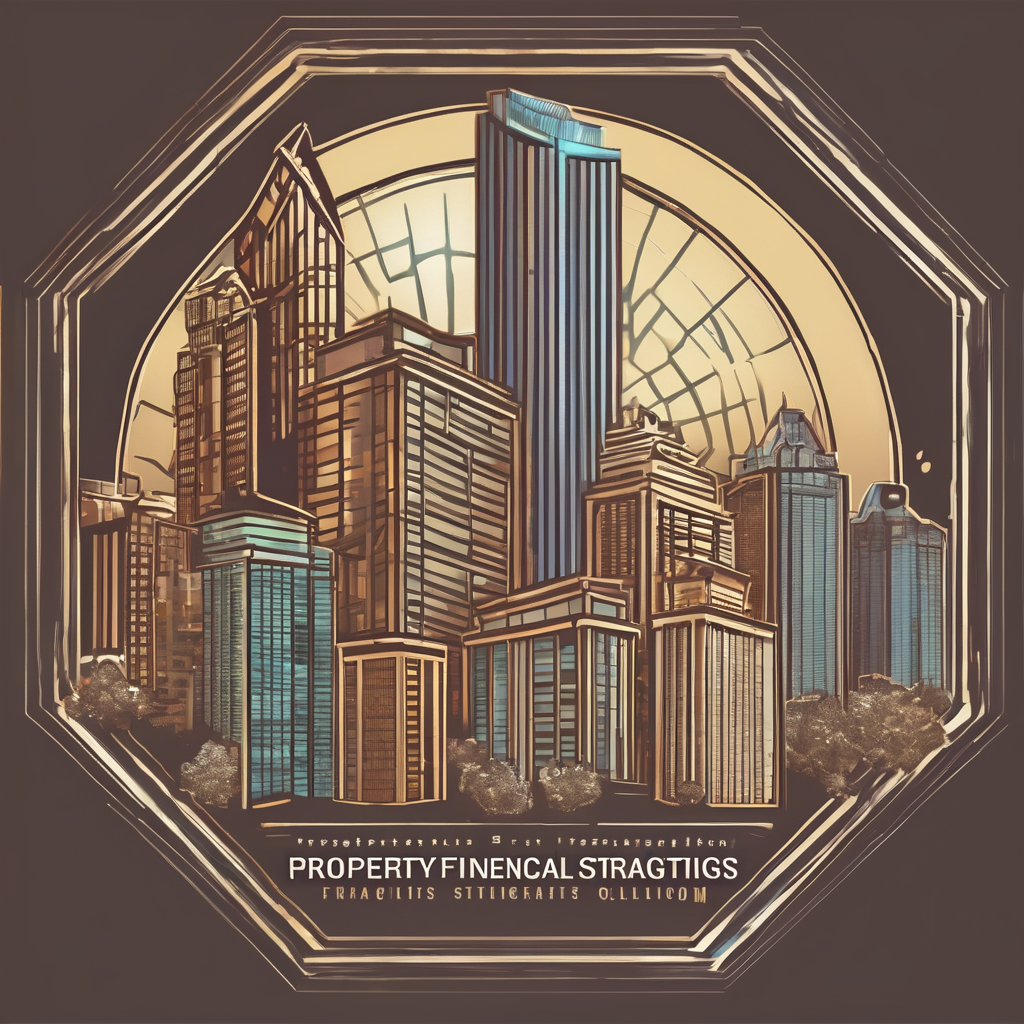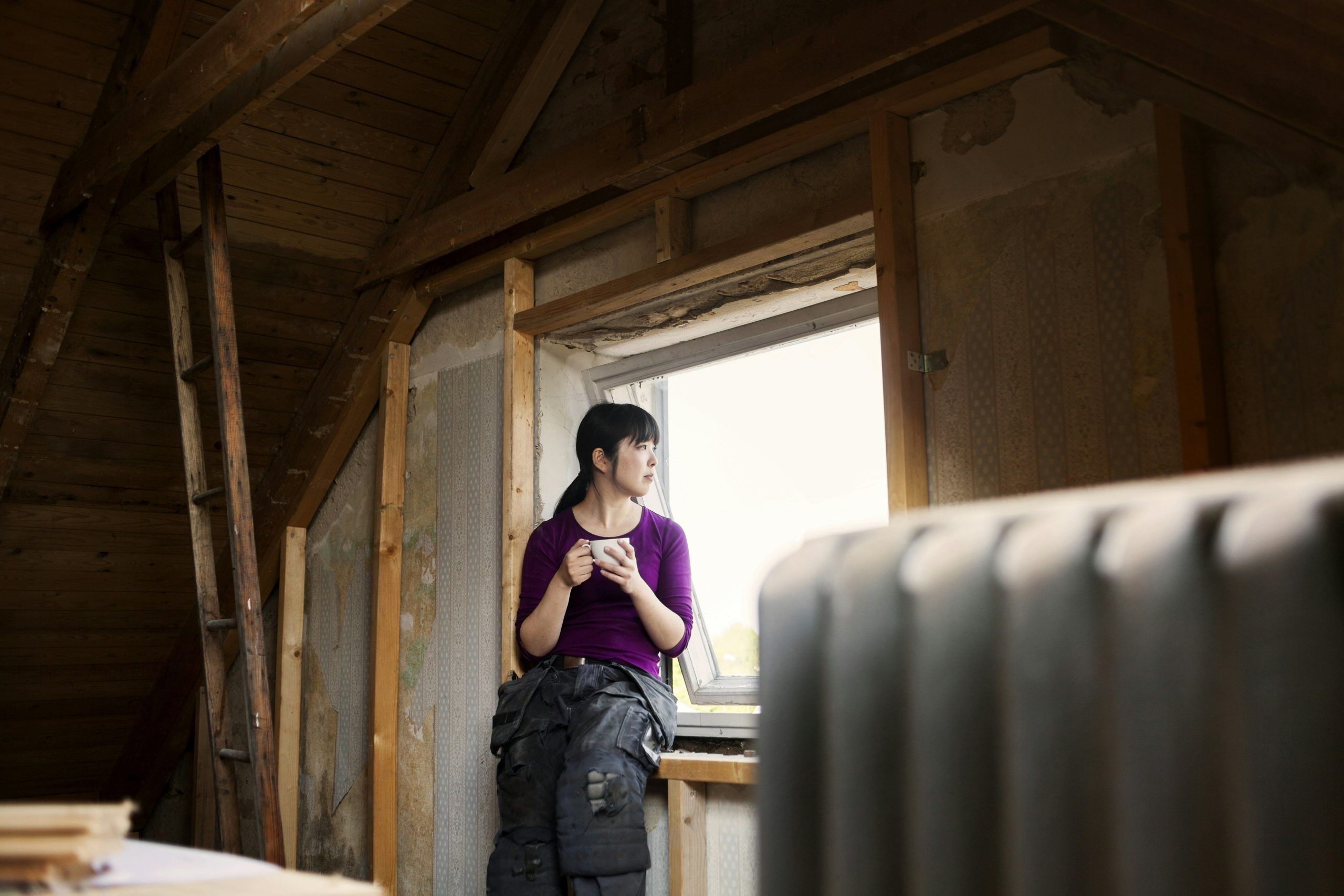Building regulations in the UK are constructed with a clear objective: to ensure any new development or renovation is conducted safely and efficiently, with due respect to our shared built and natural environments. For those residing in historic districts, there are additional layers of planning requirements and restrictions to consider. This is due to the fact that these buildings are often listed, meaning they are considered of national importance and hence deserve special protection. In this piece, we will delve into the complexities of these regulations and how they will impact your domestic renovation project within a historic district.
Understanding Listed Buildings and Conservation Areas
Listed buildings are structures of special historical or architectural interest, categorised by Historic England into three grades – Grade I, II* and II. The majority of these listings are buildings, but they can also encompass other structures such as bridges, monuments, war memorials and even telephone boxes. If your home is listed, it means that any alterations, both internally and externally, that might affect its character will require listed building consent from your local planning authority.
A lire également : What are the financial risks for UK landlords in the student housing market?
Conservation areas are locations which have been designated as areas of special architectural or historic interest, the character or appearance of which it is desirable to preserve or enhance. This doesn’t mean that development is prohibited, but rather that any prospective work will be subject to additional scrutiny from local planning authorities to ensure the preservation of the area’s special character.
Planning and Building Regulations
There are two types of approval you may need for your renovation project: planning permission and building regulations approval. These are separate considerations and you may need one, both or neither, depending on the nature of your project.
A lire aussi : How can UK families use trusts to manage and protect their property investments?
Planning permission is concerned with the way that buildings and land are used, the appearance of buildings, landscaping considerations, highway access and the impact that the development will have on the general environment and neighbouring properties. For listed buildings and those within conservation areas, the planning consent process can be more rigorous, requiring additional documentation such as a Heritage Statement.
Building regulations, on the other hand, set standards for the design and construction of buildings to ensure the safety and health of the people who use those buildings. They also include requirements to ensure that fuel and power is conserved and facilities are provided for people, including those with disabilities, to access and move around inside buildings.
Heritage and Energy Efficiency
A key challenge in maintaining the character of historic buildings is balancing the need for conservation with the drive for energy efficiency. Traditional buildings were built with materials and techniques that responded to their local climate and environment, and their ability to perform well is often underestimated. However, improving energy efficiency is not only a matter of reducing energy bills and emissions, but also of improving comfort and, in some cases, safeguarding the building’s fabric.
Various energy saving measures can be applied to traditional buildings without harming their character. However, some interventions may be more intrusive than others and therefore will require careful consideration and potentially listed building consent. The key is to understand the building’s original performance characteristics and to select appropriate methods and materials that will enhance, rather than undermine, these characteristics.
National and Local Regulations
The Planning (Listed Buildings and Conservation Areas) Act 1990 is the principal piece of legislation dealing with listed buildings and conservation area consent. In addition to this, local authorities usually have a local plan that sets out policies and proposals for development, including detailed policies for the management of historic buildings and areas.
When planning your renovation, it’s crucial to engage early with your local planning authority. They can provide guidance on the options available to you, what the process will involve, what information you’ll need to provide, and any costs associated with gaining consent.
While there are complexities and additional considerations involved in renovating a listed building or a property within a conservation area, the care and precision required by these regulations ensure that our historic districts remain preserved, celebrated and enjoyed by generations for years to come.
Navigating Renovation Projects in Historic Districts
When embarking on a renovation project in a historic district, it is essential to understand the myriad of regulations and permissions that may apply. The listed building consent process, for instance, requires a detailed understanding of the historic character and significance of the building. If your home is a listed building, it is not only its exterior that is protected. Any alterations that could affect the internal character of the building will also require consent.
In addition to national regulations, like the Planning (Listed Buildings and Conservation Areas) Act 1990, local authorities set their own policies regarding historic districts and buildings. These local plans often contain specific guidelines for the management and development of historic buildings and areas. Early engagement with the local planning authority is critical – they can provide useful guidance on the process and what information will be required.
It’s also important to remember that the listed building status of your home may influence the type of renovations or extensions that are considered permitted development – work that can be carried out without needing to apply for planning permission. It’s therefore crucial to seek advice from experts who understand both the historic environment and building regulations.
Balancing Heritage Preservation with Modern Comforts
One of the primary challenges in renovating historic homes is the delicate balance between maintaining the property’s historic character and integrating modern comforts – such as energy efficiency. Traditional materials and techniques used in historic buildings often respond well to their local climate, but energy efficiency may still be improved without compromising the building’s heritage.
There are numerous ways to enhance energy efficiency in historic buildings ranging from less intrusive measures such as draught-proofing windows and doors to more substantial interventions like installing insulation. However, remember that the latter may require listed building consent if they significantly alter the character of the building.
It’s crucial to understand the building’s original performance characteristics and to select appropriate methods and materials that enhance, rather than undermine, these properties. For example, insulation should be breathable to prevent damp and decay in the building’s fabric.
Conclusion
Renovating a property in a historic district presents a unique set of challenges compared to more modern properties. It’s not just about fulfilling your vision for your home, but also respecting its historic value and the wider historic environment. Moreover, the regulations and permissions required can seem daunting.
However, with careful planning, sympathetic design, and respect for the historic importance of the building, it is possible to create a beautiful, comfortable home that complies with both the letter and the spirit of building regulations.
Remember that the objective of these regulations is not to hinder development, but to ensure that our historic buildings and areas are preserved and celebrated. After all, these heritage assets enrich our communities and tell the story of our shared history. Therefore, each renovated building is not just a personal project – it’s a contribution to preserving our nation’s cultural heritage.






